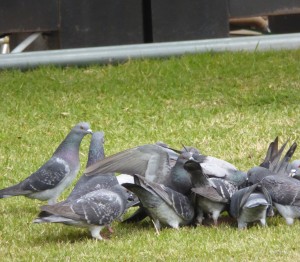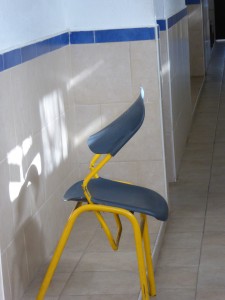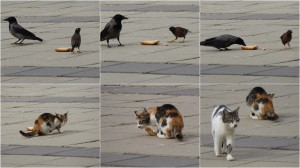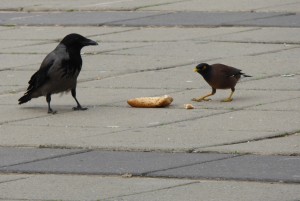
(Naomi’s Photos)
This week I took it personally. It felt as if both Apple and Google had conspired to orchestrate a well-coordinated blow to my use of Edtech in the classroom. All of my attempts to change with the times and adapt seem to be getting thwarted! I’ve tried to respond to each of the following “pings” with a “pong” but now I’ve lost the ball…
Ping: As smart phones have been getting more and more sophisticated, the number of my students who don’t have a working computer at home has risen. This year the number of students who don’t use a computer at home at all has risen dramatically. Most of these being students who come from families with financial difficulties yet sport the absolute latest models of cell phone in the market!
Pong: Fine. So, short, weekly online homework task in a format that can be done on the mobile device it is. The students won’t need MS “Word”. No excuses, as ALL my teenage students have phones!
I built homework tasks for my 5 different groups using Google Forms. So simple to use, looks beautiful, collects all answers in a nice table, can run Flubaroo Script to check it all quickly.
Hey,I can live with this!
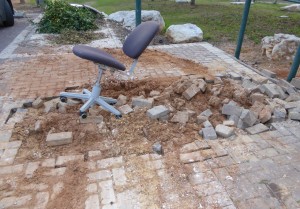
(Naomi’s photos)
Ping: Google Forms don’t work on Iphones! AAAARGH! Now a substantial number of students say they can’t do the homework because they have an Iphone!!!
Pong: I have no idea what to do about this one. Go back to paper homework? That, of course, would mean no video tasks or pictures in full color!!
While searching for the ball that Apple made me lose, Google showed up on the scene to make things worse:
Ping: Google rolled out new technology that allows you to take a picture of printed text (not handwriting, as far as I can tell) and get a translation of it.
Oh no!
My deaf and hard of hearing students are allowed to use electronic dictionaries. Frankly, they really need them and cannot work on grade level reading comprehension texts without them. However, these devices are expensive, sometimes they break or “die”, need new batteries or simply get forgotten at home. Mobile phones, on the other hand, are always available! So, during lessons (never on tests!) I often allow students to use their phones. While they are supposed to use it like an electronic dictionary (search word by word) even if they trangress (until I catch them!) the students have to type in the words, letter by letter. And that is a way of engaging with the vocabulary items!
Or should I now say “was a way…”
Pong: Who’s playing anymore?! Lost the balls, the net, in danger of losing the table…
I don’t know what to do about this either. Luckily, the new tech is spreading slowly, most of the students still haven’t caught on. I may have some time till the penny drops but I doubt it will take very long.
So what’s a teacher to do?



